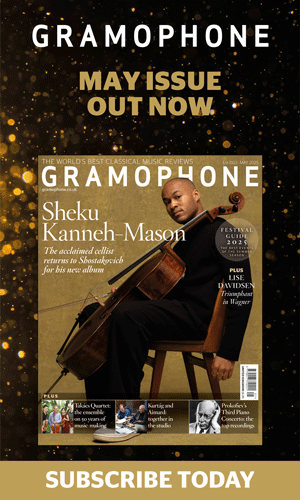From LeBron James to La Serenissima: what lies behind the limitless appeal of Vivaldi’s The Four Seasons?
Mark Seow
Tuesday, August 15, 2023
Mark Seow traces the rise to ubiquity of Vivaldi’s famed work – and hears from some of today’s leading violinists about why it’s beloved by both artists and audiences

Register now to continue reading
Thanks for exploring the Gramophone website. Sign up for a free account today to enjoy the following benefits:
- Free access to 3 subscriber-only articles per month
- Unlimited access to our news, podcasts and awards pages
- Free weekly email newsletter













